Best-of smartphones mid-2020: an overview of market trends in 5 acts
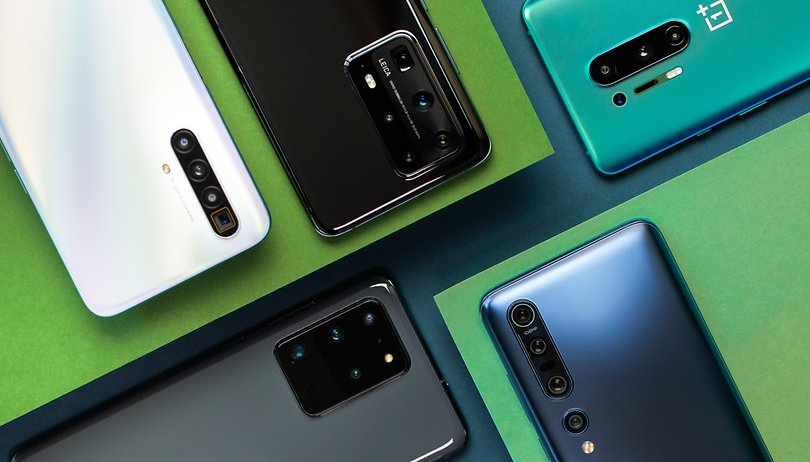
It's the middle of the year, so how about taking stock of what's made the smartphone market move so far? In this mid-2020 best-of, I tell you about the trends that have seen in recent months. It's a kind of mid-year recap in five acts.
This theatrical structure is all present within the Odyssey of Realme, which has made a real breakthrough on the European smartphone market. We'll also talk about the Huawei tragedy, which continues to produce - and sell - great smartphones that are still hampered by the lack of Google services.
Then there's the comedy of the flagships, who all look alike and are still desperately looking for the next killer-feature, for lack of having been able to convince with the 5G. Some harlequins like Samsung nevertheless bend in half to capture the crowd.
The arms race for camera smartphones with fancy (and sometimes misleading) specs is worthy of the theatre of the absurd. What can we say, finally, about the opera of mid-range smartphones, where every manufacturer - Apple or Android - lulls us with discordant songs.
Let the show begin. Curtain!
Act 1 - The Realme Odyssey in Europe: even more dazzling than Xiaomi?
Realme is the most dynamic and fastest-growing brand in Asia, particularly in India. According to the analyst firm Counterpoint Research, the manufacturer recorded growth of +157% in the first quarter of 2020, compared to 2019.
In Europe, Realme is not yet at the level of Xiaomi, which has climbed to fourth place in the manufacturers' ranking in terms of market share, followed by Oppo.
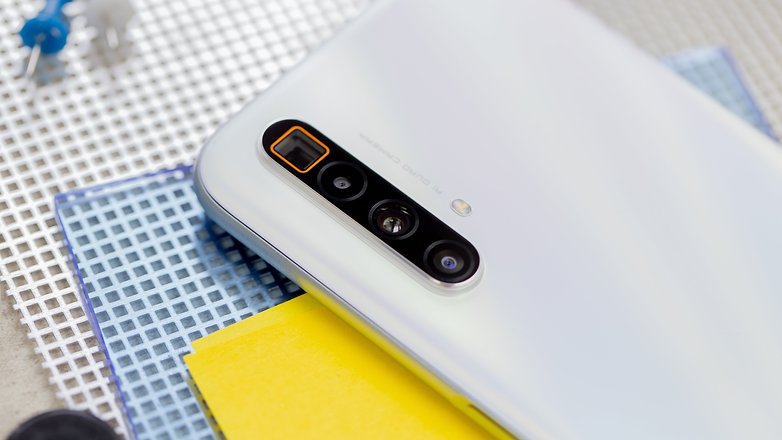
Xiaomi's growth over its 10-year history is impressive, but Realme has only been alive since May 2018 - it's crazy. The brand was only celebrating its two years of existence in early May this year. Even though it was actually present in China as early as 2010 under the name of Oppo Real, a sub-brand of Oppo.
After launching a very convincing flagship and at less than €600, the X50 Pro, Realme launched in late May the Realme X3 SuperZoom, the 20th smartphone in its history. That's right, 20 smartphones in 24 months of existence. The gap between the launch of the Realme X2 Pro and the X3 SuperZoom is less than six months.
It's a blitzkrieg like no other brand has ever fought before, and this technique of "carpet bombing" to flood the markets is paying off.
Act 2 - The Huawei tragedy: O rage, O despair, O enemy embargo!
Huawei continues to sell its smartphones, and they are selling rather well. After overtaking Samsung for the first time in its history in April 2020, Huawei confirmed its position as the world's leading manufacturer in terms of market share in May.
The Huawei P40 and P40 Pro that we tested were quite convincing flagships, offering an efficient hardware and software recipe. Even the Huawei P40 Pro+ topped our annual photo blind test, ahead of Samsung's luxury photophones and OnePlus.
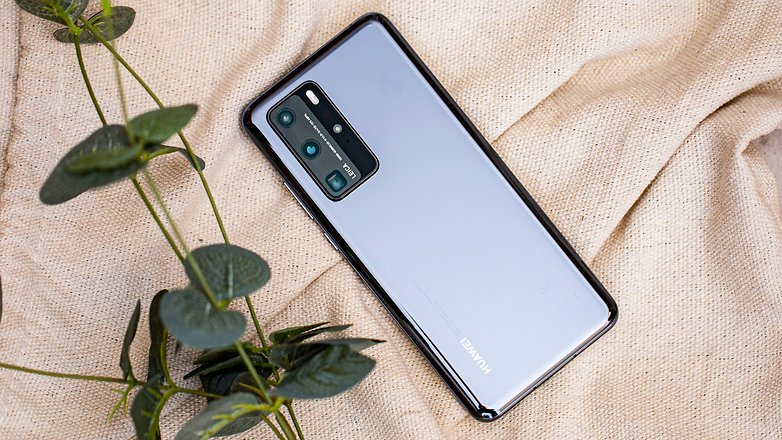
According to figures from Counterpoint Research, Huawei reached a 19.7% market share, compared to 19.6% for Samsung in May. In April, on the other hand, Huawei had a market share of 21.4%, while Samsung had only 19.1%.
The South Korean giant thus recorded growth between April and May while Huawei experienced a decline. The situation could deteriorate further for Huawei especially since its HiSilicon industry will not be able to use TSMC as a manufacturer of its Kirin mobile chips.
So we shouldn't bury the Chinese giant that continues to resist the effects of the American embargo, but we can still regret that such good smartphones are being cut off by a trade war and a weaning from Google that isn't yet fully completed.
Act 3 - The Flagship Comedy: In Search of the Lost Killer Feature
It's such an overused antiphon that I didn't want to include it in this article: yes, flagships are dead and have lost their meaning. That's it, let's move on.
But even more interesting is this race for the new killer feature in the premium smartphone segment. It's a fact that 5G is not the concrete selling point manufacturers were hoping for, at least not in Europe. The 5G rollout is far too late to be commercially exploitable in the foreseeable future.
Concretely, by the time you have 5G plans, 2020 Android 5G-ready smartphones may already be out of security patches. Especially since 5G is no longer reserved for the high-end and is now found on much more affordable models.
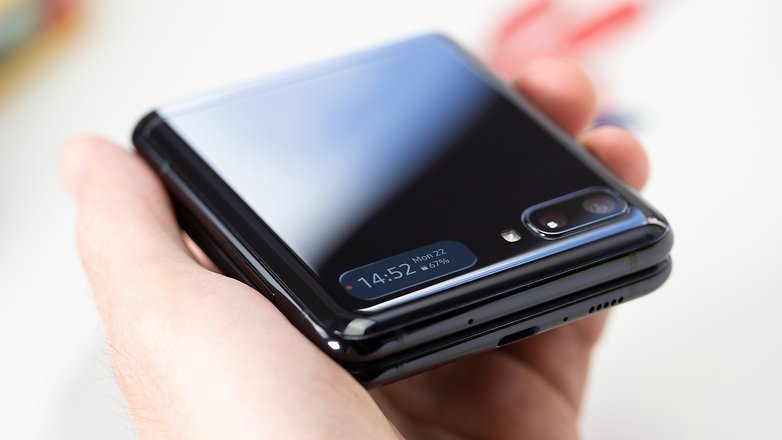
As a result, you bend, sometimes literally, in half to stand out from the competition and find the little je ne sais quoi to try to convince a sane person that a $1,500 smartphone is a reasonable purchase.
Some do it with more or less panache, like Samsung and its Galaxy Z Flip. Even if the latter has lost a lot of relevance since the announcement of the Galaxy Z Flip 5G, which is identical in every way but with a more powerful Snapdragon 865 Plus processor.
Others are trying to play on words from a marketing novice by adding unnecessary photosensors, such as macro lenses that do less well than the main wide-angle lens. But if it allows them to write "quad-camera" on the box, it's worth it, isn't it?
The problem with this bidding war is that it has its limits, whether we like it or not. After a while, you can't offer a 500 Hz refresh rate on a screen. Nor can you integrate 10 cameras. And you can't offer fast charging at 100 Watts, can you? Oh yeah, wait a minute.
Act 4- The absurdist theatre of camera-focused smartphones
For lack of a new killer feature, manufacturers are focusing on the best-selling feature of their smartphones: the photo module.
And on this point, 2020 was the year of the big anything as well as big innovation. We've seen great things like the Oppo Find X2 Pro with its Sony IMX689 sensor and 2x2-OCL autofocus technology.
Not only does this sensor have multiple pixels under a color filter, but also under a microlens. This trick turns each pixel of the sensor into a PDAF autofocus sensor, giving the smartphone ultra-fast autofocus for significantly less blurred shots.
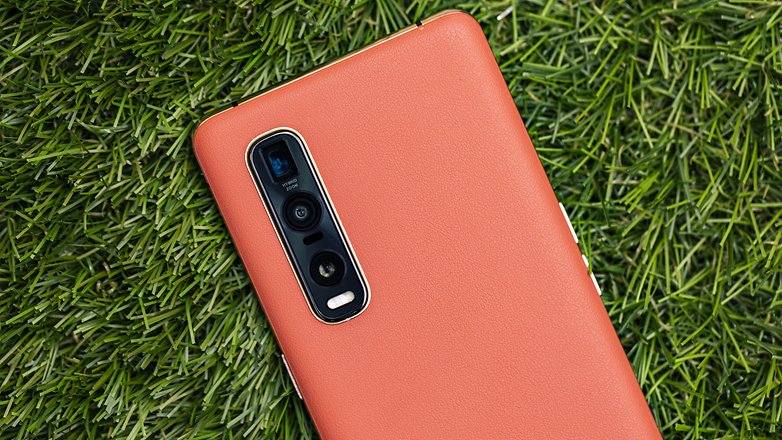
But there's also been a lot of hype, especially when it comes to zoom. The 100x optical/hybrid zoom of the Samsung Galaxy S20 Ultra, for example, is expected to cover a focal length range of 13 to 1300 millimeters in 35mm equivalent.
However, the Samsung Galaxy S20 Ultra, for example, actually optically reproduces focal lengths equivalent to 13 to 103 millimeters - and therefore has an optical zoom of about x8.
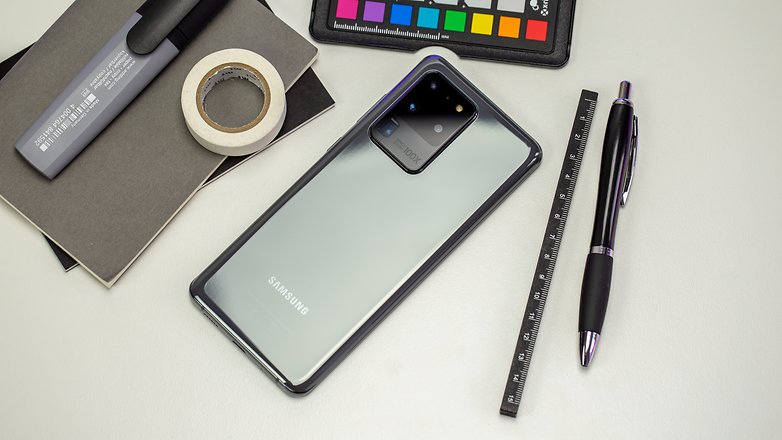
The answer to the question "where does the x100 come from" is simple: from the imagination of Samsung's product managers. Unlike the optical zooms of "real" cameras, this "x100" has absolutely nothing to do with the optical capabilities of the camera system.
Instead, Samsung has chosen a fancy value as the magnification limit for its camera. But x100 still slams. And people love round numbers, so they'll lap it up, right?
Act 5 - The Flagship Killers Operetta
Just like the concept of a flagship, the concept of a flagship killer no longer has the same impact in 2020. If the Poco F2 Pro may have given me a glimmer of hope, its €600 launch price in Europe finally extinguished the last spark of optimism in me.
Gone are the days of the flagship killer, we are now faced with mid-range smartphones that claim to be premium, but are clearly not high-end. In this opera, which is akin to Orpheus' Descent into Hell, two tenors try to put us to sleep with discordant songs: Apple and OnePlus.
On the one hand, Apple would like to convince us that an iPhone 8 rebadged as the iPhone SE 2020 with latest-generation SoC, but restrained, under iOS 13 and sold for $399 is a flagship killer.
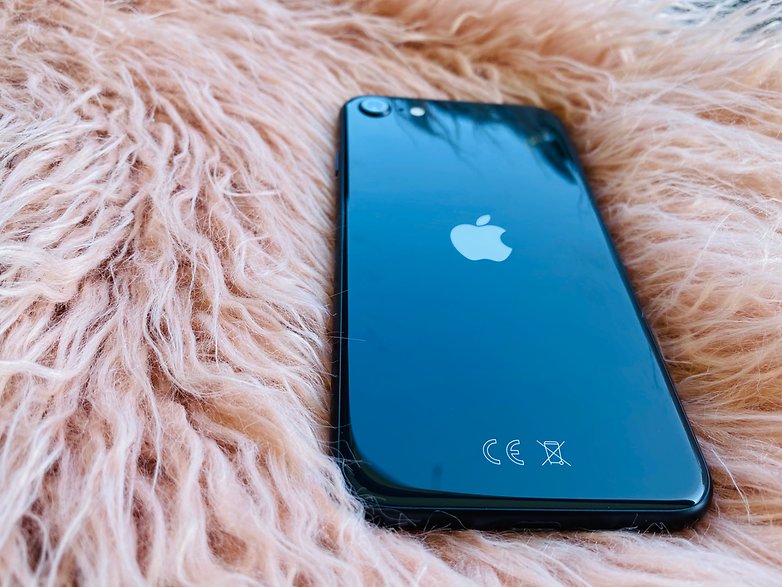
On the other hand, OnePlus whispers in our ear that its OnePlus Nord, with a mid-range chipset and an equally mid-range photosensor, is a smartphone worthy of a high-end phone.
It's true that the iPhone SE 2020 only aims to offer a sufficiently closed door to Apple's catalog to be sold a little cheaper. While OnePlus Nord marks a real effort by the manufacturer to be as accessible as possible, without lowering its level of requirement on the quality of its products.
But then one could also say that Apple is opening its user experience, its real added value, to a wider audience that normally can't access it because it can't afford to.
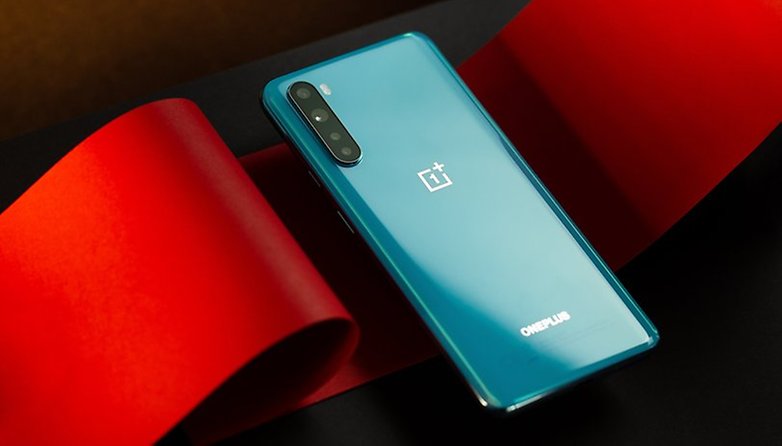
I didn't test the first one, and I really liked the second one. But they both sing the same lullaby to put us to sleep, only with different notes.
That's it, the end of the show. What did you think of this recap of mid-2020? What are the major trends that have struck you the most in the first half of the year? Let me know in the comments!




One Plus is too expensive in my oppinion.
-
Admin
Jul 30, 2020 Link to commentGive us phones with good,solid hardware that lasts more than the guarantee, give us batteries that can be changed, give us reasonable prices and stop the camera/killer-features-but-nothing-really-new thing,stop shooting out new models every few weeks and you will get more customer instead of less
These three companies seem to be your darlings. I find them severely flawed in support and skin.
But Huawei/Honor, Xiaomi/Realmi, Oppo/OnePlus can do no wrong on this site.
Are these really that prevalent in Europe? I only see Huawei product rarely, the others never here in the US. And on detailed long term reviews they're usually not great performers from what I read in QA, software updates and bugs as well as skin bloat. They sizzle early and fizzle soon after.
The skin bloat in Samsung UI really irritates me as I spend hours with it daily.
Fairtrade is the postCovid19 watchword in Technology, and europe's Fairphone3 is the latest model to combine selfReplacement modularity, with responsible sourcing❗
Fairphone offers a compelling argument, even if underperforming. Recognizing and adapting to the damaging externalities of our consumption is important
what are the kpi's in your opinion?
.
when i buyAnything tech, the co.Ethos comesFirst...
.
so the likes of apple,google,vodaphone,amazon areOut.↙️period
.
🤔... 👌
I liked very much the article, and agree with the author. I only would like to add that a major problem for me is that the flagships ( and also the so-called killers) are too big and too heavy. For that reason I will continue to keep my Pixel 2